In trying to define our vision for the development of Timber Butte I sometimes refer to what we are attempting as “farm-steading”. We’ve all heard of homesteading in the 1800’s where pioneers were encouraged to move to remote regions of the country and improve a parcel of undeveloped land for the right to own it, but what does it mean to develop a” sustainable farmstead”?
When I was a kid I used to love the old television program, “Wagon Train” staring Ward Bond. Somehow every episode stirred my imagination as I considered the idea of selling everything I owned for the sake of starting a whole new life in a virgin, unspoiled land. It was one of the few television programs that had the ability to make me dream. Families pooled all their resources with one common vision; to build a new home on a bare section of land that could sustain life with a very minimal amount of outside support. Homesteading took serious planning. Everything that went into a covered wagon in Independence, Missouri had to have purpose. Every article chosen for the journey was either taken to provide provision for the long journey or for the development of the new home once they arrived there. Homesteading required deep thought about what were the essentials of life, what did a family truly value, and a mental picture (a vision if you will) of what their new home would one day look like when all had been accomplished. Homesteaders were people who were willing to sacrifice conveniences, who embraced hard manual labor and who cherished the idea of doing it as a family together. I remember the episodes of Wagon Train where pioneer families were forced to make hard choices along the way due to overloaded wagons. The Oregon and California trails where littered with precious furniture, organs, pianos and other family heirlooms, valued, but unessential for the establishment of the potential new homesteads. Plows and other farm equipment as well as tools required for development and sustainability of the new life were never discarded. Not only were pioneers endowed with physical and mental strength, but a deep inner spiritual faith and a knowing that the dreams they had would require a power and strength beyond their own human fortitude.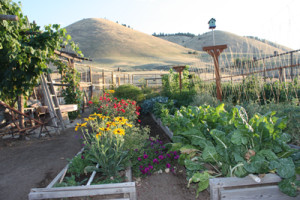
Building a modern-day farmstead requires many of the characteristics of these early pioneers. It has been my experience that successful attempts at farm eading demands a shared vision within the marriage or family. It requires a deep desire and willingness to break the status quo for the sake of putting everything on the line to work towards a new life of self-sufficiency. Farmsteading is not a vocation, but a lifestyle requiring not only planning, but hours of hard work with a commitment to seeing a vision come to reality. It requires the sacrifice of expensive vacations and things like recreational toys, but it also provides the source of great satisfaction, contentment and joy.
My idea of the modern day farmstead is simply this: It is developing a small plot of land for the sake of sustainably supporting one family with a food supply and other basic provisions of life.
It is a place that, once established, should nearly stand-alone financially with little need for outside support. It is not a place designed to make money like a large cattle or sheep ranch or a commercial farm, but rather one where enough organic food is produced to keep one family fed. A farmstead needs to provide some kind of a small cash crop or other form of sellable commodities to subsidize taxes, fuel costs, provide clothing and the other essential necessities of life.
Our Timber Butte homestead blog is an attempt to share with others who would like to embrace this concept of living. It is an attempt to communicate a lifetime of experience; both the victories and failures we have had as we have slowly but methodically moved towards this ideal.
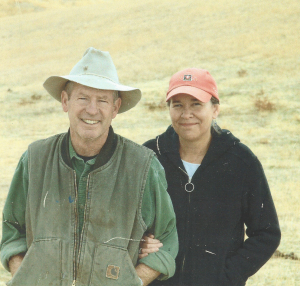
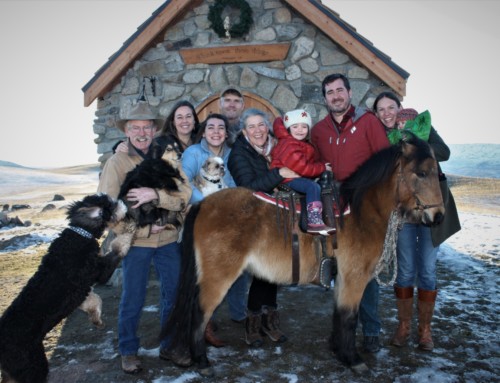
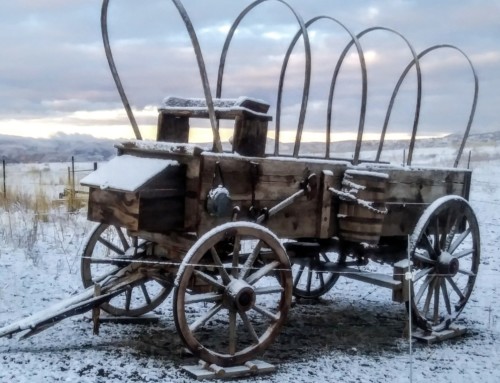
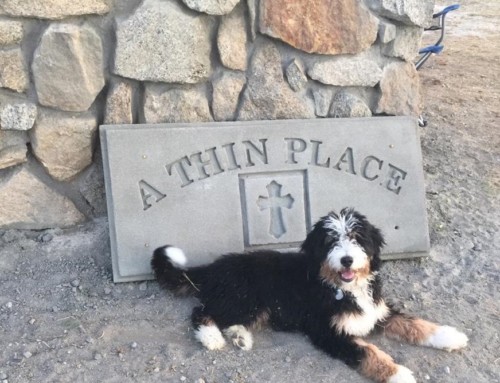
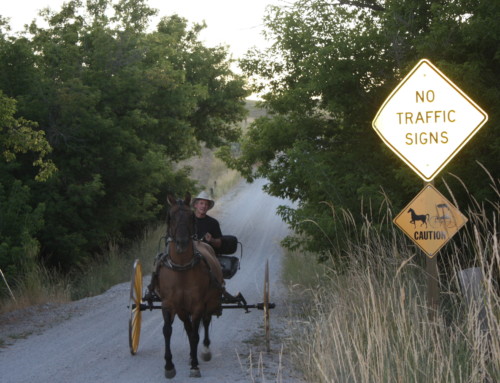
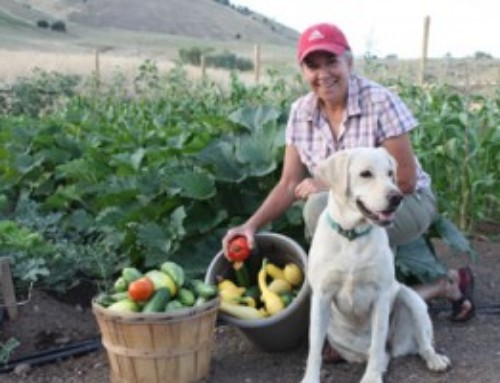
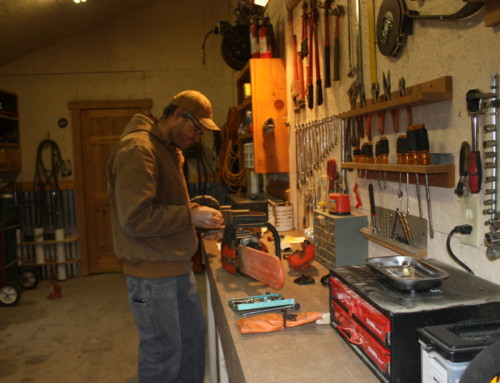
Leave A Comment
You must be logged in to post a comment.